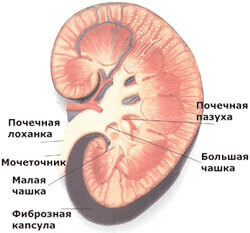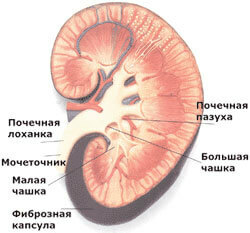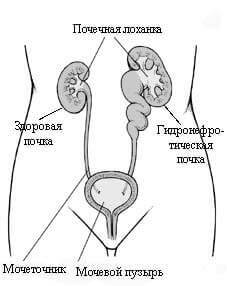Abscess of the prostate - causes, symptoms, treatment
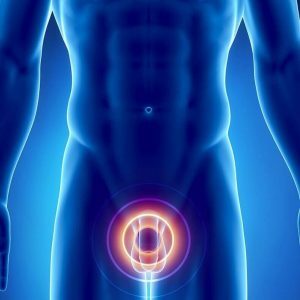
Abscess of the prostate is an inflammatory process in the prostate gland, accompanied by purulent formations.There is a suppuration of the glandular tissue and a closed abscess is formed.Over time, pus can accumulate in the genitals.
Because of its manifestation, the abscess is primary and secondary.
Primary abscess is an independent disease.It develops due to the transfer of bacteria by the bloodstream to the prostate from another focus of infection.
More common secondary abscess, the development of which is associated with improper treatment of inflammatory diseases, or complications after operations.The situation may be complicated by the presence in the gland of stones, which prevents the normal operation of the outflow ducts.
Important! In 10% of cases, the disease ends in a lethal outcome.
The formed small abscesses gradually merge and form a large round or oval ulcer with distinct boundaries.
Table of contents: Symptoms of prostatic abscess Causes of prostatic abscess Diagnosis of the disease Methods of treatment of prostatic abscess Complications of prostatic abscess Prevention of diseaseSymptoms of prostatic abscess
There are two stages of abscess development:
- Infiltrative.
- Purulent-destructive.
The infiltrative stage of manifests itself with the following symptoms:
- high temperature;
- fever, chills;
- tachycardia;Delirium and consciousness disorder;
- ;
- sweating;
- pulsating severe pain in the lower abdomen, giving into the rectum;
- problems with urination and defecation.
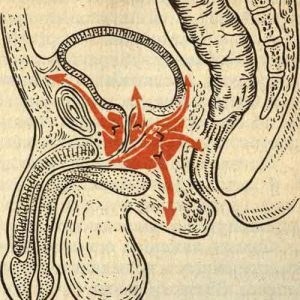 In the purulent-destructive stage, the manifestation of symptoms is weakened. However, this does not mean that recovery is coming.On the contrary, the risk of rupture of the abscess is increased.
In the purulent-destructive stage, the manifestation of symptoms is weakened. However, this does not mean that recovery is coming.On the contrary, the risk of rupture of the abscess is increased.
A breakthrough in para-urethral fiber or near-vesicular space leads to the development of phlegmon( acute inflammation in fatty tissue).
If pus enters the urethra, pyuria develops. Urine may contain impurities of pus.It becomes turbid, there is a sharp smell.
Breakthrough pus in the intestine will lead to the formation of a rectal fistula, which manifests itself as the presence of pus in the stool .
Attention! After the breakthrough of the abscess, its disinfection does not occur, which leads to a relapse.
Reasons for abscess of the prostate
Primary abscess of the prostate gland can develop later such diseases as chronic tonsillitis, tonsillitis, furunculosis or other purulent inflammation.Blood transfers particles of pus and bacteria to the prostate, where inflammation begins.This process is called septicopyemia.In this case, the abscess develops in an absolutely healthy body.
The cause of the occurrence may be:
- immunosuppression;
- is a sedentary lifestyle;
- bad habits;
- hypothermia of the pelvic organs and others.
Primary abscess is extremely rare.
Much more common secondary abscesses.It can develop against the background of an already existing inflammatory disease, such as acute chronic prostatitis. Also, the reason may be incorrectly selected treatment or surgical intervention.With improper treatment, blood stasis is formed, which causes swelling.The lack of access to fresh blood leads to the formation of an inflammatory process.Initially, there are few visible pustules that gradually merge into a large, well-defined abscess.
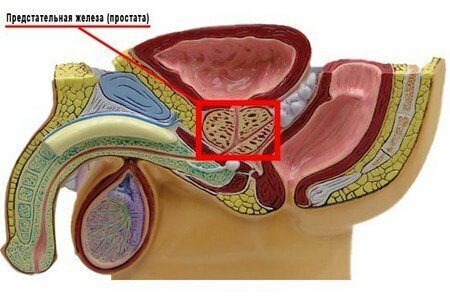
Diagnosis of the disease
Modern diagnostic methods allow you to easily detect the disease and make the correct diagnosis.
To do this, assign a number of studies:
- puncture of the contents of the abscess;
- ultrasound;
- general analysis of urine and blood;
- TRUS;
- examination of the prostate with a finger.
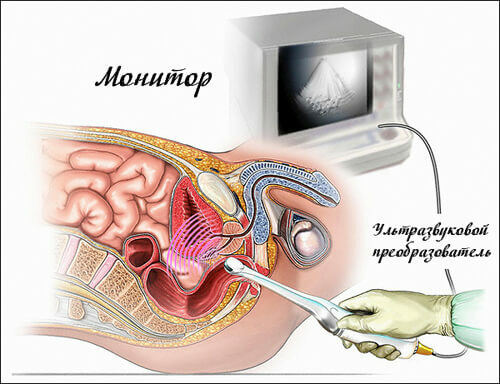
When blood is analyzed, an increase in the level of leukocytes is detected, as well as an increased rate of precipitation of erythrocytes.
In the analysis of urine, a high level of leukocytes and protein is detected.In addition, a pathogenic microflora is found.
Diagnostics are of great importance for rectal examination by the finger, in which the doctor can detect a bulge containing fluid.The procedure is carried out very carefully, since it is possible to damage the abscess, which will lead to its breakthrough.The prostate itself is enlarged and tense.
With the help of TRUS, it is possible to identify the exact location of the ulcer, and also to estimate its size and to prescribe the correct treatment for .This method is used for control when taking a puncture.
To determine the type of pathogen, a puncture is performed to select effective therapy and preventive measures for relapses.
If there is a suspicion of having fistulas, the doctor prescribes additional studies: urethroscopy, anoscopy, ultrasound of the bladder, cystoscopy.In this case, it is recommended to consult a proctologist .
Methods for treatment of prostatic abscess
 Depending on the stage of the disease, prescribe conservative treatment, or surgical intervention.
Depending on the stage of the disease, prescribe conservative treatment, or surgical intervention.
With an infiltrative abscess, antibacterial therapy with third-generation antibiotics is prescribed: cephalosporins, fluoroquinolones .Intravenously injected a solution of rheosorbilact or ringer to remove intoxication.Pain syndrome is removed by local anesthesia.
The surgical method is used only in the purulent-destructive stage.The operation is performed under epidural anesthesia .The abscess is opened, the lavage is performed and the dead tissue is excised.After the operation, anti-inflammatory and antimicrobial agents are prescribed, as well as intravenous infusions.To relieve pain, non-steroidal pain medication is used.
Important! At the first sign of an abscess, urgently seek medical assistance for qualified care.Do not self-medicate !
Complications of prostatic abscess
If a timely treatment is not received, the abscess of the prostate gland can have serious consequences.The most dangerous of them is the rupture of encapsulated pus and getting it into the circulatory system, through which it spreads throughout the body.
Prevention of disease
Only the timely treatment ensures complete recovery with preservation of reproductive functions.
The task of prevention is to prevent the development of prostatitis.
Prevention measures:
- healthy lifestyle;
- doing sports;
- take vitamins, especially in winter;
- quitting;
- regular sex life.
These measures will strengthen the body as a whole and increase the resistance of the body to abscess of the prostate gland.
Radevich Igor Tadeushevich, the doctor of the sexopathologist-andrologist of 1 category

